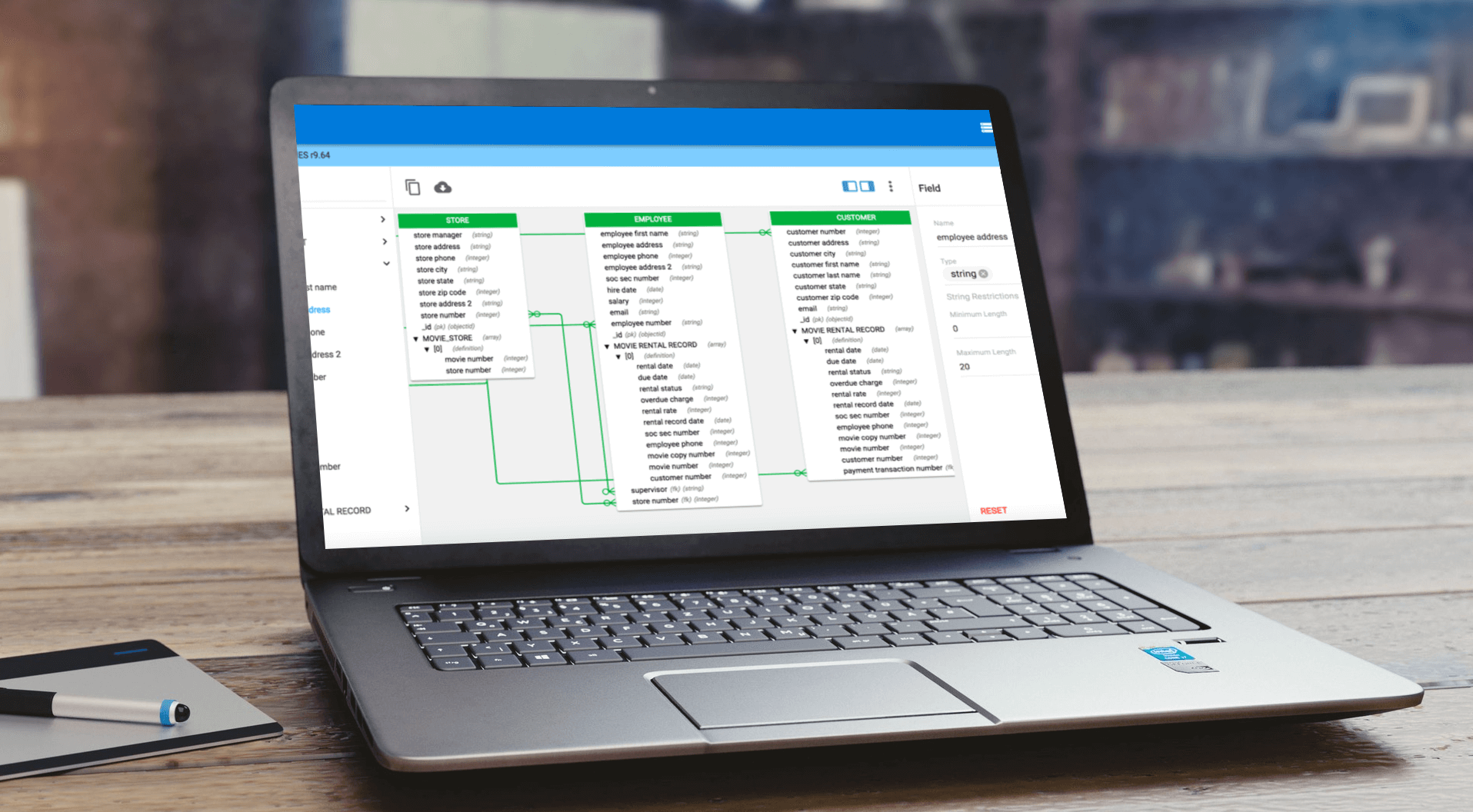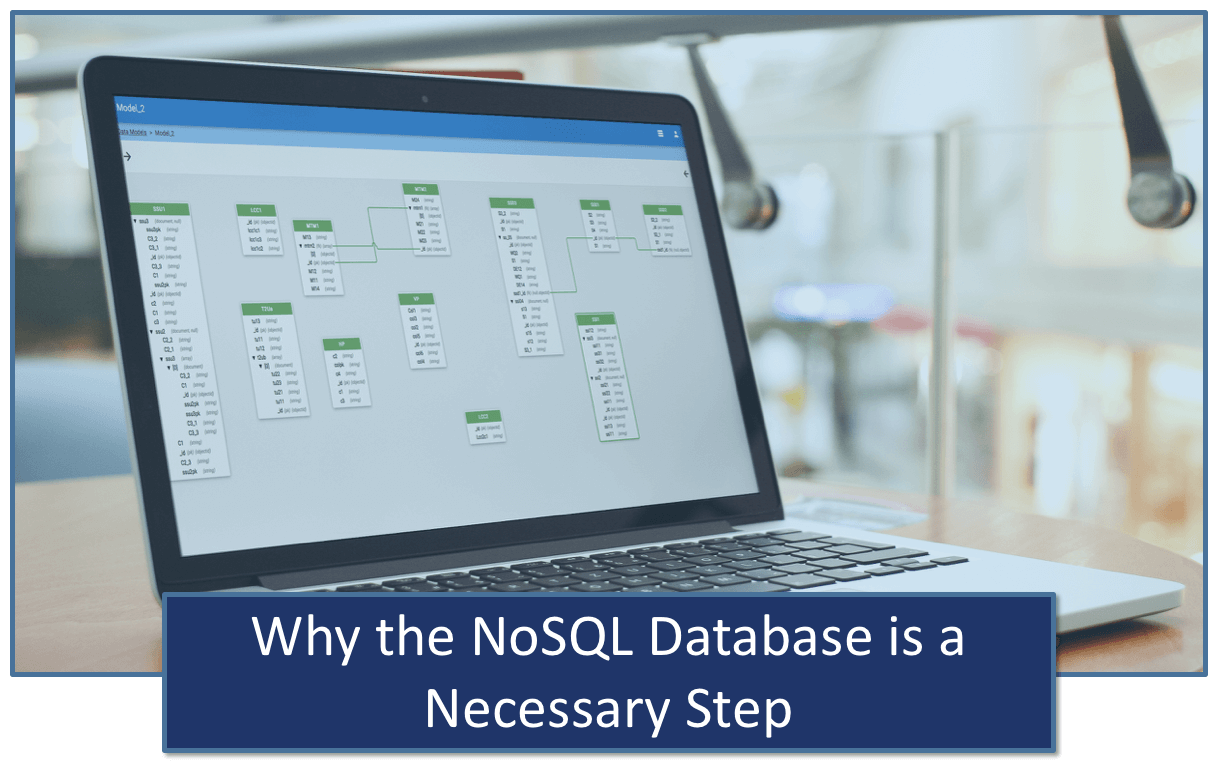What is Microsoft’s Common Data Model (CDM), and why is it so powerful?
Imagine if every person in your organization spoke a different language, and you had no simple way to translate what they were saying? It would make your work frustrating, complicated and slow.
The same is true for data, with a number of vendors creating data models by vertical industry (financial services, healthcare, etc.) and making them commercially available to improve how organizations understand and work with their data assets. The CDM takes this concept to the next level.
Microsoft has delivered a critical building block for the data-driven enterprise by capturing proven business data constructs and semantic descriptors for data across a wide range of business domains in the CDM and providing the contents in an open-source format for consumption and integration. The CDM provides a best-practices approach to defining data to accelerate data literacy, automation, integration and governance across the enterprise.
Why Is the CDM Such a Big Deal?
The value of the CDM shows up in multiple ways. One is enabling data to be unified. Another is to reduce the time and effort in manual mapping – ultimately saving the organization money.
By having a single definition of something, complex ETL doesn’t have to be performed repeatedly. Once something is defined, then then everyone can map to the standard definition of what the data means.
Beyond saving time, effort and money, CDM can help transform your business in even more ways, including:
- Innovation: With data having a common meaning, the business can unlock new scenarios, like modern and advanced analytics, experiential analytics, AI, email, etc.
- Insights: Given the meaning of the data is the same, regardless of the domain it came from, an organization can use its data to power business insights.
- Compliance: It improves data governance to comply with such regulations as the General Data Protection Regulation (GDPR).
- Cloud migration and other data platform modernization efforts: definition is missing here.
Once the organization understands what something is, and it is commonly understood across the enterprise, anyone can build semantically aware reporting and analytical requirements plus deliver a uniform view because there is a common understanding of data.
erwin Expands Collaboration with Microsoft
The combination of Microsoft’s CDM with erwin’s industry-leading data modeling, governance and automation solutions can optimize an organization’s data capability and accelerate the impact and business value of enterprise data.
erwin recently announced its expanded collaboration with Microsoft. By working together, the companies will help organizations get a handle on disparate data, put it in one place, and then determine how to do something meaningful with it.
The erwin solutions that use Microsoft’s CDM are:
erwin Data Modeler: erwin DM automatically transforms the CDM into a graphical model, complete with business-data constructs and semantic metadata, to feed your existing data-source models and new database designs – regardless of the technology upon which these structures are deployed.
erwin DM’s reusable model templates, design layer and model compare/synchronization capabilities, combined with our design lifecycle and modeler collaboration services, enables organizations to capture and use CDM contents and best practices to optimize enterprise data definition, design and deployment.
erwin DM also enables the reuse of the CDM in the design and maintenance of enterprise data sources. It automatically consumes, integrates and maintains CDM metadata in a standardized, reusable design and supports logical and physical modeling and integration with all major DBMS technologies.
The erwin Data Intelligence Suite: erwin DI automatically scans, captures and activates metadata from the CDM into a central business glossary. Here, it is intelligently integrated and connected to the metadata from the data sources that feed enterprise applications.
Your comprehensive metadata landscape, including CDM metadata, is governed with the appropriate terminology, policies, rules and other business classifications you decide to build into your framework.
The resulting data intelligence is then discoverable via a self-service business user portal that provides role-based, contextual views. All this metadata-driven automation is possible thanks to erwin DI’s ability to consume and associate CDM metadata to create a data intelligence framework.
erwin and Microsoft recently co-presented a session on the power of the CDM that included a demonstration of how to create a data lake for disparate data sources, migrate all that data to it, and then provide business users with contextual views of the underlying metadata, based on a CDM-enriched business glossary.
The simulation also discussed the automatic generation of scripts for ETL tools, as well as the auto generation of data lineage diagrams and impact analysis so data governance is built in and continuous.
You can watch the full erwin/Microsoft session here.







